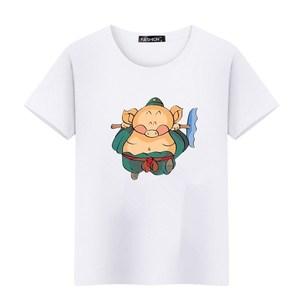Dry cleaning is a professional cleaning method used to clean certain textiles, such as wool, silk, etc., that can be damaged or deformed in water. The working principle of dry cleaning mainly involves the selection of solvent, clothing pretreatment, washing and drying processes. The following is a detailed analysis of the working principle of dry cleaning:
1. Solvent selection: The main solvent used in dry cleaning is vinyl chloride (perchloroethylene, also known as PERC) or Hydrofluorocarbons (hydrocarbons), these solvents have good degreasing and decontamination capabilities, and can evaporate at low temperatures. The choice of solvent depends on the material of the clothing and the type of stain on the item being cleaned. The solvent is circulated through the dry cleaning machine, where impurities and dirt are removed through filtration and distillation.
2. Clothes pretreatment: Before dry cleaning, clothes need to be pretreated. This includes checking the type and extent of stains on the clothing. Stains that require pre-treatment may include oil stains, red wine stains, coffee stains, etc. Pretreatment improves dry cleaning results by applying appropriate detergents or solvents to the stain to break up and dissolve it.
3. Cleaning process: Put the clothes into a washing machine filled with dry cleaning agent for cleaning. The outer shell of the washing machine is made of stainless steel, can hold a certain amount of clothes, and has multiple spiral blades. When the cleaning machine starts working, the solvent will be sprayed on the clothes through the spray system. At the same time, the movement of the vortex blades will help the solvent penetrate into the clothes fibers and react with dirt.
4. Stains removal: The solvent reacts chemically with the stains in the clothing fibers to separate and dissolve the stains. The filtration system in the cleaning machine captures dirt and impurities to keep the solvent clean. If there are stubborn stains on the garment, multiple wash cycles are required.
5. Drying process: After washing the clothes, they need to be dried. During the drying process, the clothes are spun dry at low temperatures, and the solvent is evaporated in the dryer and converted into a liquid through the condenser. Clothes are cleaner and neater after drying.
It should be noted that the temperature, humidity and mechanical movement of the clothes are controlled during the dry cleaning process to avoid damage to the fiber structure and ensure the quality of the clothes. In addition, dry cleaning machines are also equipped with safety equipment to ensure that solvents do not leak or cause accidents such as fires.
To sum up, the working principle of dry cleaning clothes can be summarized as selecting the appropriate solvent and combining the steps of clothes pretreatment, washing and drying to effectively remove Dirt, to achieve the purpose of cleaning, neatness and protecting the quality of clothing.








